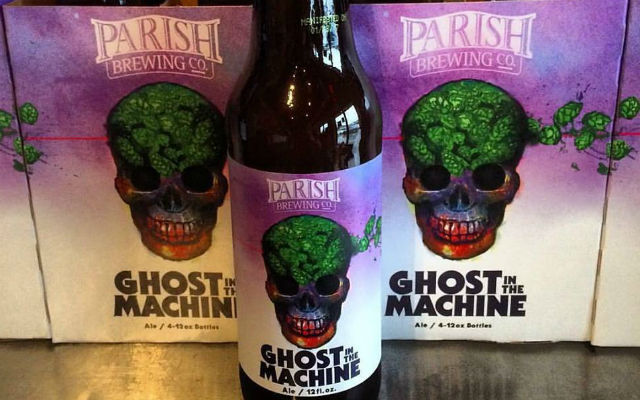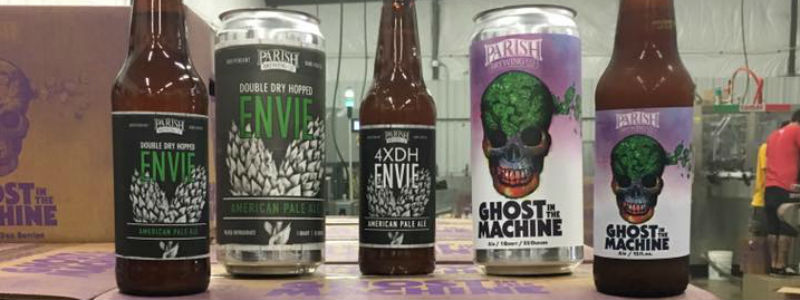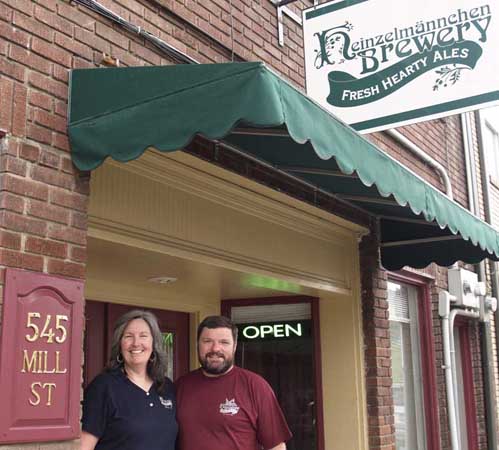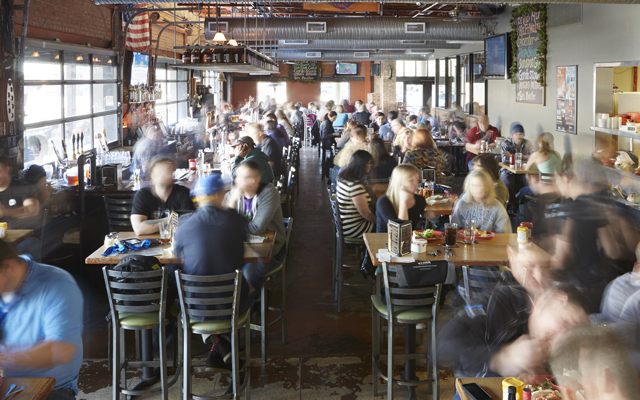
For many breweries, developing a signature IPA is a key when opening. The Southeastern craft beer market, though, is still teaching and educating new consumers of the variety of craft products and transition into new varieties has help younger brewers to focus on quality before quantity.
Case in point, for Parish Brewing in Broussard, Louisiana, which opened in 2008 but did not rush to develop what is now one of its most popular beers, Ghost in the Machine IPA.
Starting with a 50-gallon system was a hit with locals and their Canebrake Wheat Ale.
“It allowed us to not rush an IPA to market, and we tinkered and experimented for three years on Ghost before we brewed the first batch to sale,” explained Parish owner and Brewmaster Andrew Godley.
He noted that he is still shocked that there is a line of 300-400 people at noon on a Friday for releases at the brewery.
“It is really hot in Louisiana, and these folks are dedicated to standing out there for hours just to make sure they get the beer,” he said. “Our brewery is in a small town and not a major population center, so people do travel hours to get the beer. It’s common to have people from eight or nine hours away who wake up before dawn to drive to the brewery and be in line early.”
Limits are put on the beer per person, so they know a large amount of Ghost is traded to places the brewery could never distribute to.
“I love seeing our beer on social media being enjoyed in Sweden or Japan,” Godley said. “I mean, how cool is that?”
The beer evolved into something very different because Godley’s experiments were centered around learning exactly what happens when you add hops in different ways.
“Understand that out of 20 employees we have, one has ever worked at another brewery before,” Godley said. “We don’t have any habits or firm ideas about how to make an IPA, and we are free to be radical and different. We didn’t want to take the conventional IPA brewing knowledge as gospel.”
For example, a 60-minute hop addition being a bittering addition or a 10-minute addition being a flavoring addition wasn’t on their minds. Instead they experimented with brewing a beer with just a 60-minute addition only, and then they used the same grain bill for a beer with only a whirlpool addition to learn the exact effects.
“We did close to 100 iterations of various hop addition experiments all the way through dry hopping and even playing with temperature and pressure variables,” Godley said. “We also discovered biotransformation of hop oils via yeast.”
Godley walked us through this transformation: “For example, most of the citrus flavor you taste in your favorite IPA is from a compound called Citronellol. It is an oil found in the lupulin of hops but naturally in very small quantities. If you smell raw hops, they rarely smell citrusy. However, when most brewers yeast acts upon another more common oil, Geraniol, it will synthesize Citronellol from the floral geraniol.”
Biotransformation at Parish means their yeast is creating tropical or citrus oils from other oils, and it is large part of what they do.
“The end goal for us is juice — hazy, soft hop juice,” Godley said. “We learned about getting all the delicious volatile aromatic compounds out of the hops and into the beer while minimizing bitterness. Turns out, consumers don’t really like bitterness, but they love hoppiness, especially if that hoppiness is full of citrus, tropical, or stone fruit characteristics.”
Internally, Godley said the brew staff calls their work “New School” IPA techniques.
“We could very easily pick up a recipe book or find something online and brew the same kind of IPA that people have been making the past 30 years in the US,” he said. “The whole West Coast vs. East Coast vs. New England style nomenclature is not accurate and is irrelevant because these beers can be made anywhere, and I would contend the correct vernacular should be Old School vs. New School IPAs.
“Old School is clear, bitter, and piney whereas New School is hazy, soft, and juicy.”






Be the first to comment